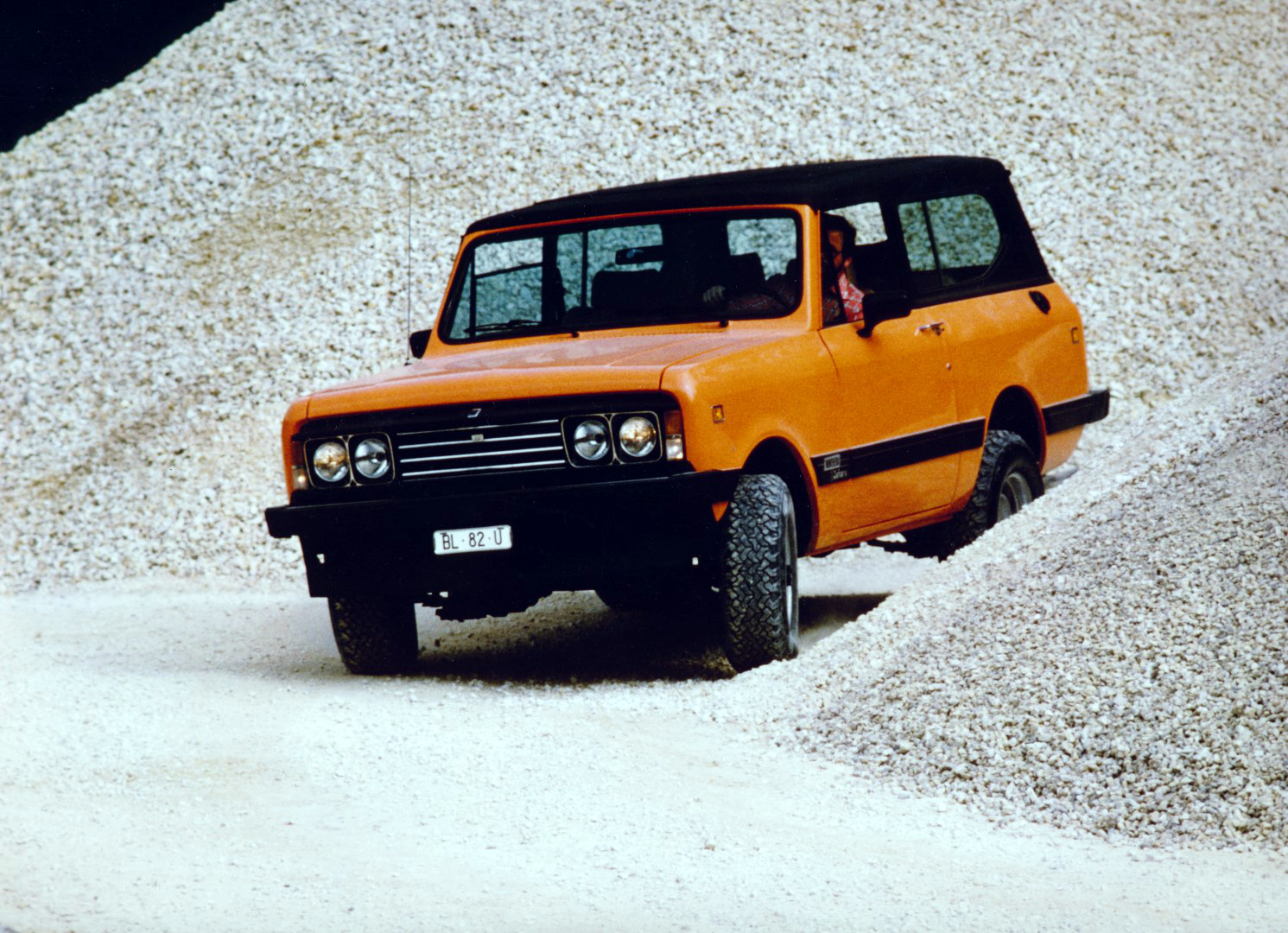Monteverdi
The Rarest Brands in the Top 100 Collections
Photo credit: Archivio Monteverdi, Wheelsage
Our journey to explore the rarest brands of The Key’s Top 100 Ranking collections continues with Monteverdi, a car manufacturer from Binningen in Switzerland that produced remarkable jewels from 1967 to 1984.
Peter Monteverdi was surrounded by car engines from a very young age and took over the day-to-day running of his father’s workshop in 1956 at the age of 22 after he passed away. His first foray into the world of car manufacturing came after he began designing and constructing Formula Junior single-seater racing cars under the name MBM (Monteverdi Binningen Motors).
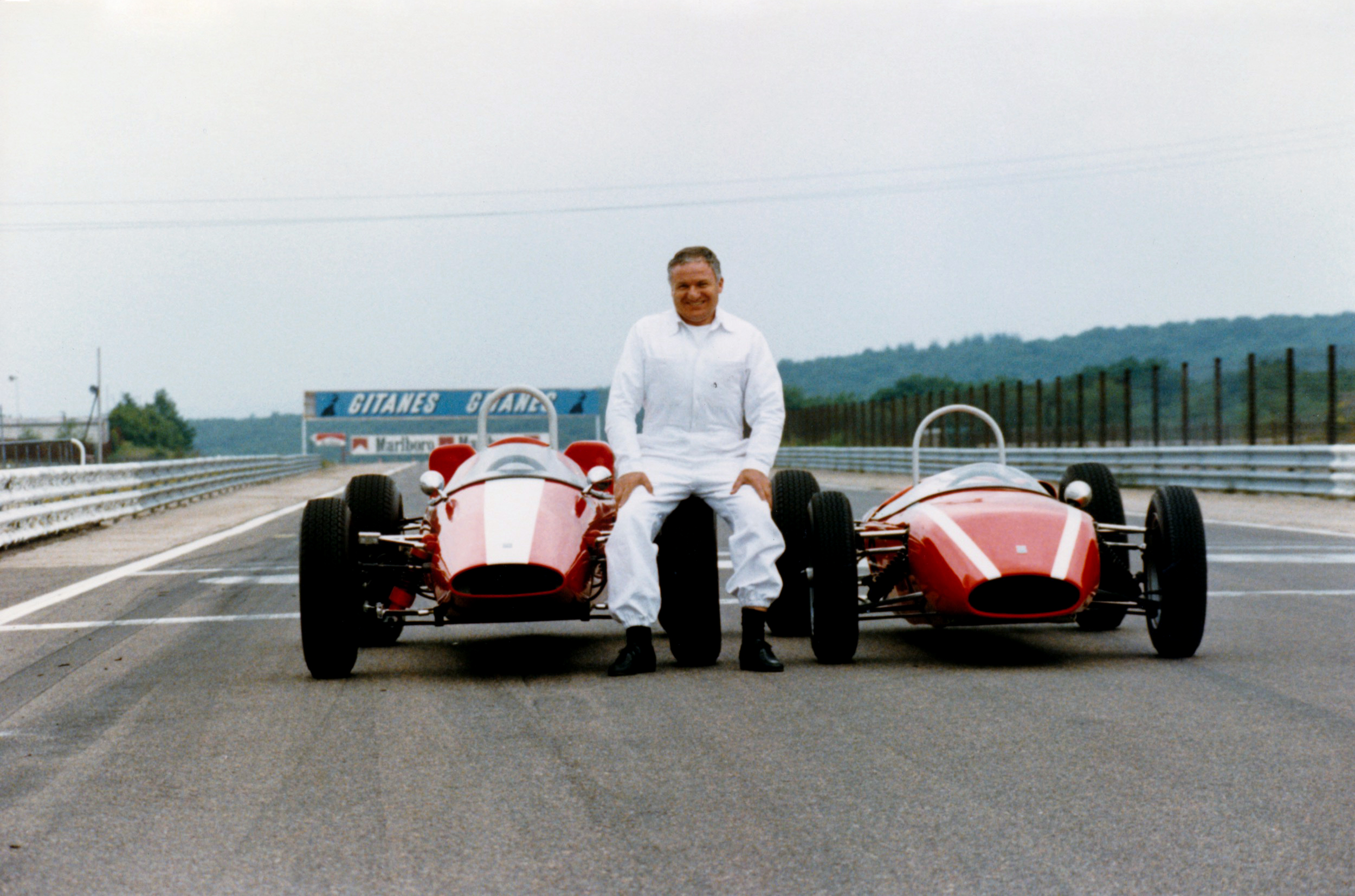
At the same time, he continued his own racing career, often driving Ferraris and it was this that allowed Peter Monteverdi to obtain the concession of the Maranello brand for Switzerland in 1957, thus becoming the world’s youngest Ferrari importer. Over the next few years, he acquired a number of local dealerships for international car brands including BMW, Lancia, Bentley and Jensen.
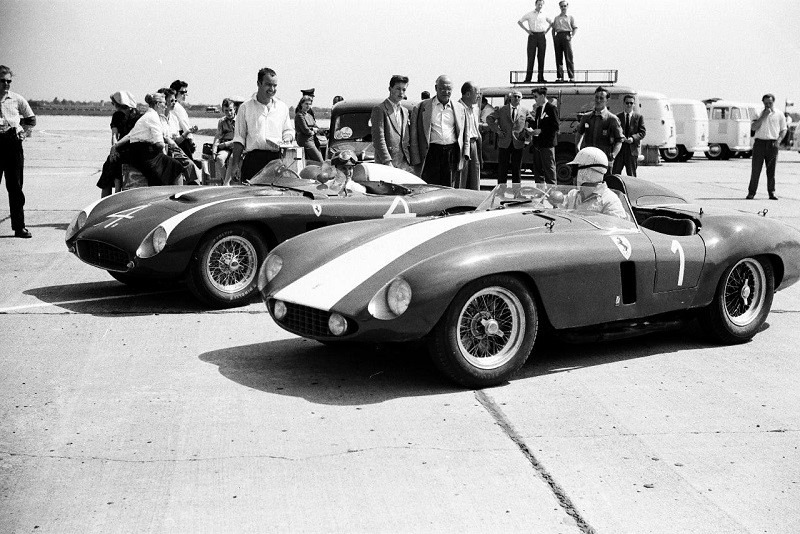
With his activities in excellent health, he introduced the first Swiss car to debut in Formula 1. It was Peter himself who drove the Porsche-powered Monteverdi F1 on the track, but it was a short-lived experience after a serious accident forced the founder to retire from racing and concentrate on importing luxury cars into Switzerland.
In 1965, Peter Monteverdi interrupted his relationship with Ferrari and decided to become a constructor himself. The idea was to create a more comfortable car, with automatic transmission and power steering, features that at the time were not offered by any other sports car manufacturer.
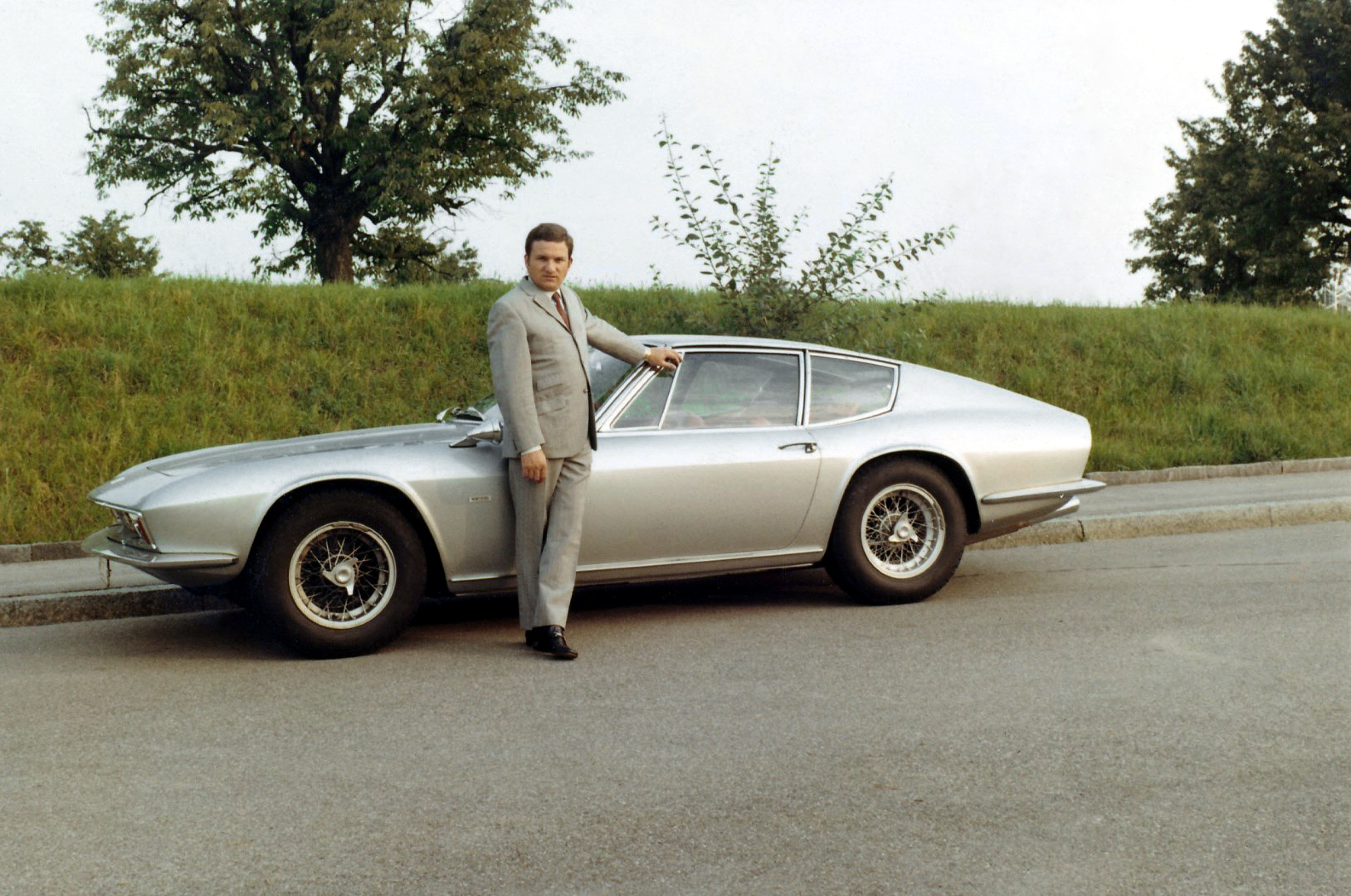
In 1967, the High Speed 375 S was introduced, with an all-aluminium body designed by Frua and powered by a 7.2-litre Chrysler V8 engine producing 380hp, an astute detail that allowed the car to be sold anywhere covered by the American brand’s service network. Production began shortly after its presentation at the Frankfurt Motor Show and around 50 cars per year were built in various versions over the next four years at the Monteverdi plant in Basel.
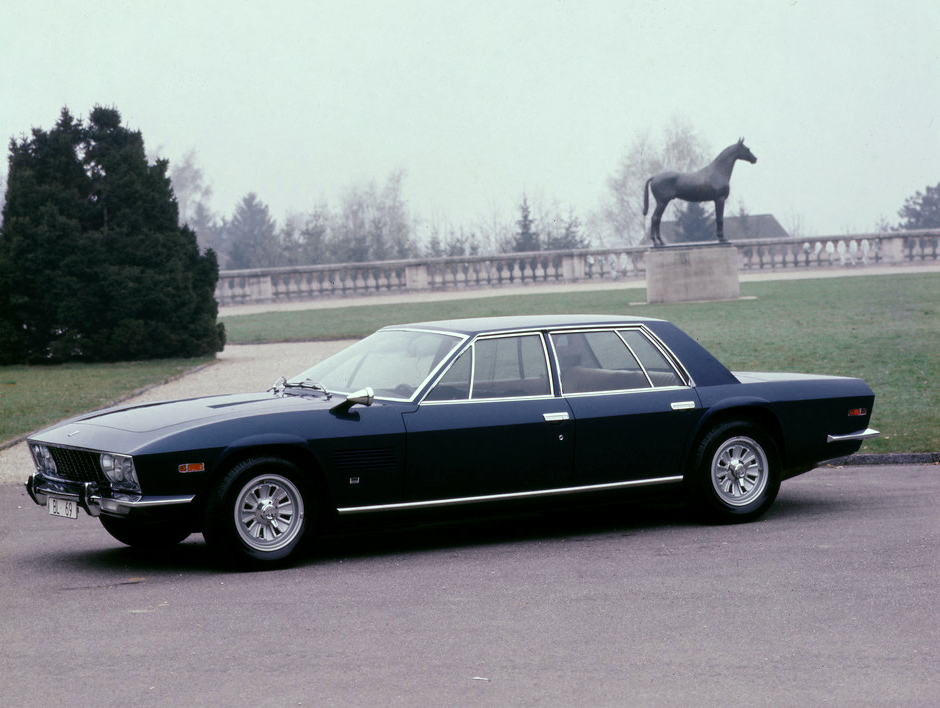
In 1970, Monteverdi also presented the Hai 450 SS prototype at the Geneva Motor Show, a model with a very pronounced front that in many ways resembled a Corvette Stingray, powered by a 6,974 cc V8 engine, again from Chrysler.
In the meantime, a fruitful collaboration had begun with the Italian Carrozzeria Fissore, which redesigned the 375 Frua Coupé and built the bodies that were then delivered to Monteverdi in Switzerland, where the cars were assembled.
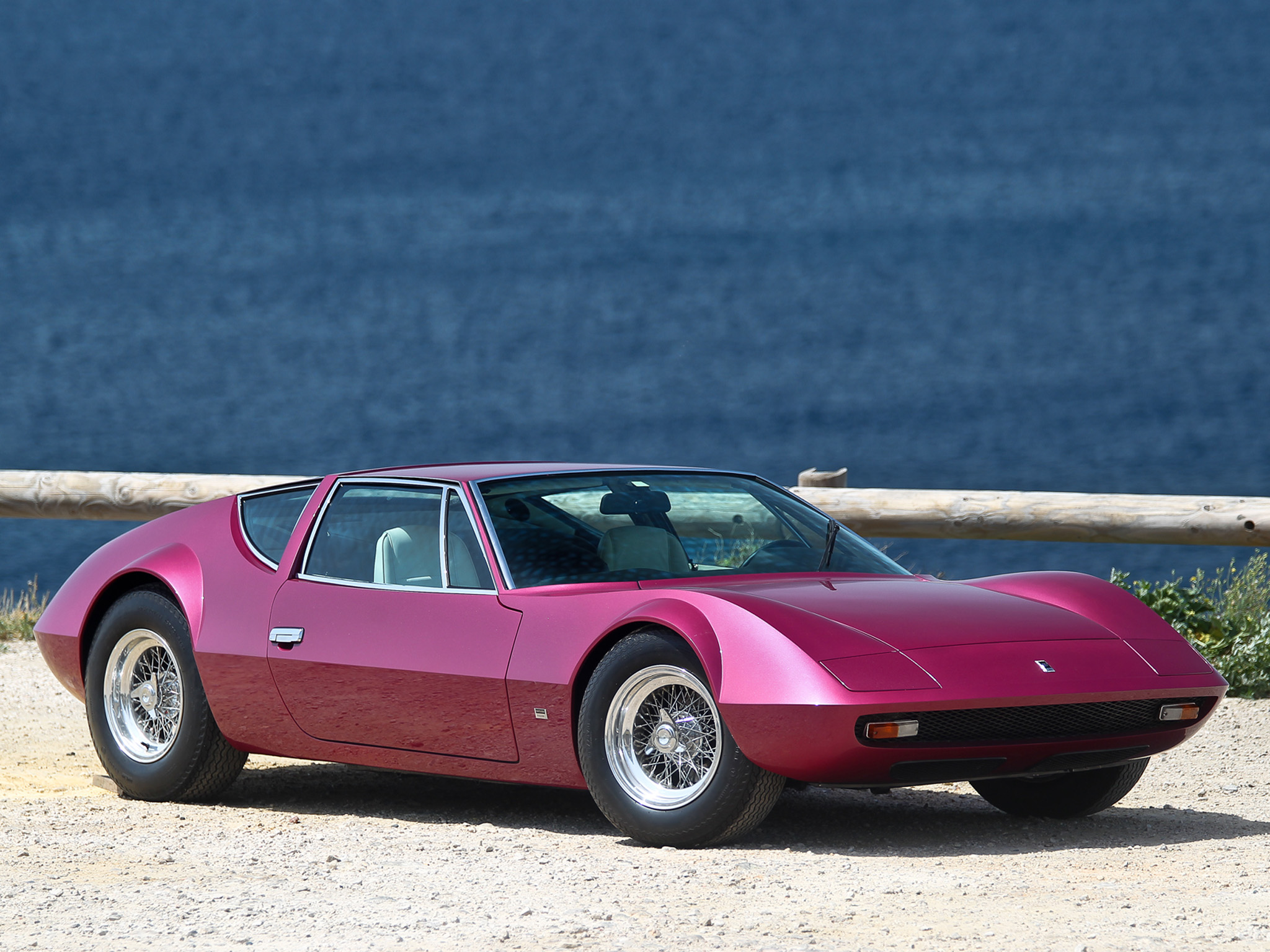
In 1976, due to the long-term consequences of the world oil crisis, Peter MonteVerdi was persuaded to temporarily abandon GTs and jump into SUVs – achieving considerable but an all-too-brief success with more than one hundred vehicles produced per year. Many consider the Monteverdi Safari a sort of Swiss Range Rover: the body was built by Fissore, and customers liked everything about it except its high fuel consumption.
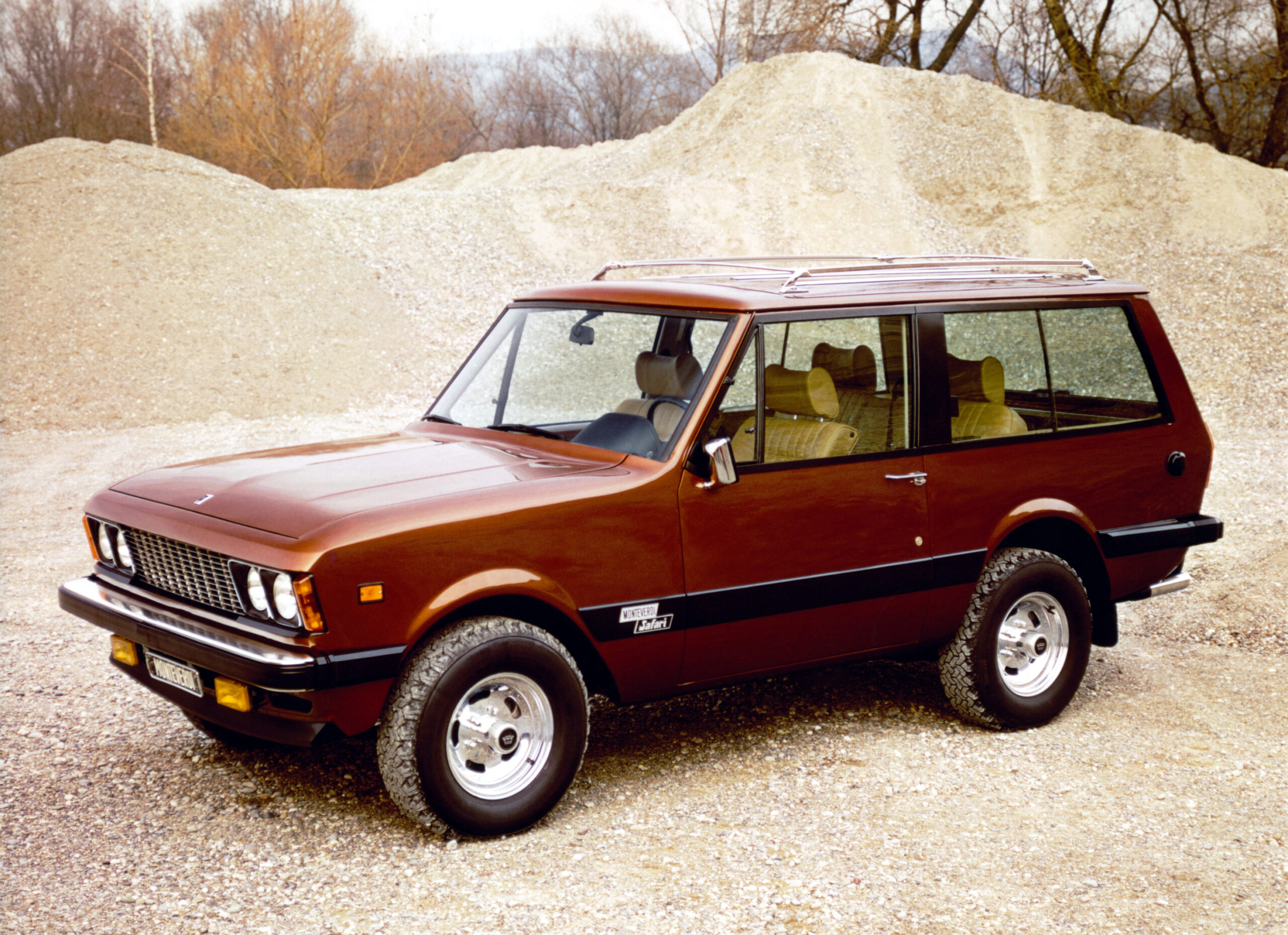
This was followed by the less expensive Sahara model as well as a number of military prototype projects. All this at the end of the seventies when costs started rising dramatically and artisanal production became increasingly unsustainable. In 1982 Monteverdi ceased production, and after 15 years of good and sometimes excellent success closed its offices definitively.
